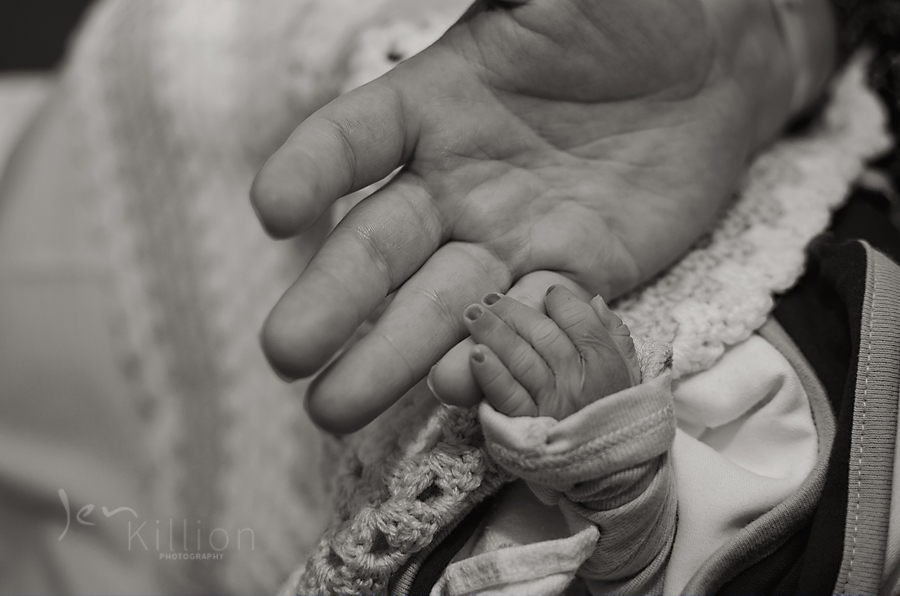It was 3:10am, the room was dark. There was no team of nurses encouraging me, just the on call resident telling me to push when my first daughter came silently into this world. There were no cheers, no congrats, no family to hug us. It was just us and we were unprepared. We didn’t know we would want, moreover need photos of our little girl. How were we to know that the only photo we would ever have of our little love would be a small polaroid snapped by the hospital social worker. But I am forever grateful that she took that Polaroid. I pull it out year after year to see her tiny face and fingers.
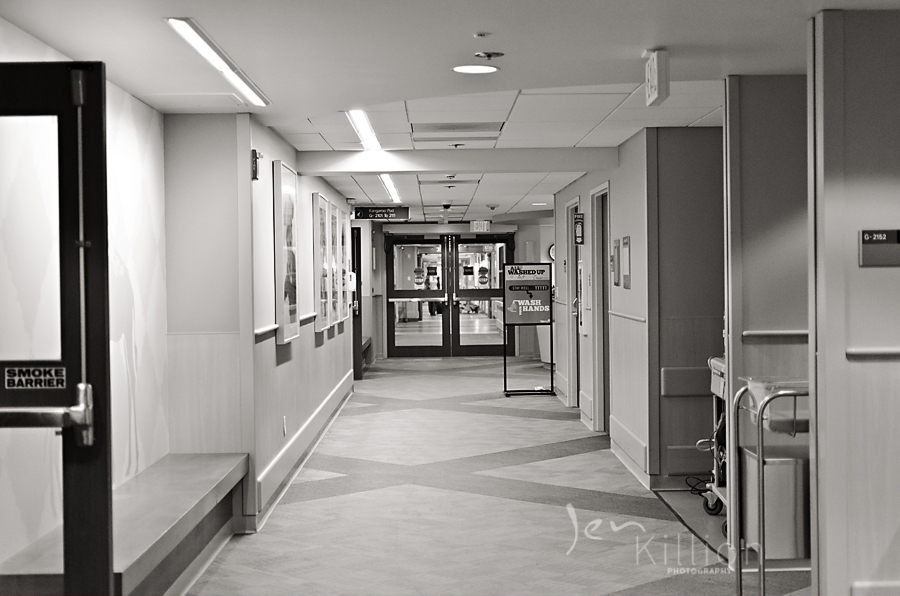
Bereavement photography is one of the hardest, yet most fulfilling types of session to do. Giving the gift of images to parents who are going through the most traumatic, horrific time ever in their lives, well there just aren’t any words to describe just how significant those photos are to parents.
I started doing bereavement sessions for our local hospital three years ago, the same one where our daughter was born. I thought it would be easy. I had after all gone through my own loss. My circle of friends are now all loss parents, I could do this! But it wasn’t easy…and it shouldn’t be. It should be hard, painful, and you should want to run out of the door (and you will want to).
Bereavement photography is emotional, and it is supposed to be. When you arrive at the hospital, before you step one foot into the parents room, take a deep breath. You are about to meet a family whose lives are forever changed. The people they were before they walked into that hospital room are gone, never to return. This day starts their new life, and it is not the life they had envisioned.
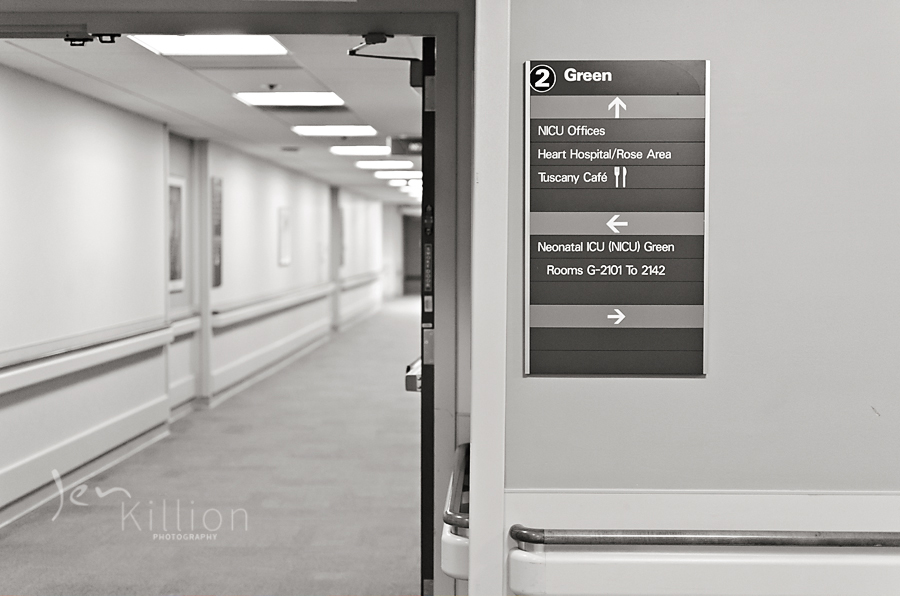
Arrive a few minutes early to the hospital and take a moment to look around you, breathe it in. This is a good time to snap some details: the room number, directional signage, special quotes, anything that can add to the story you are about to tell. Plus it will give you a chance to calm your nerves and center yourself. When you finally enter the parents’ room, be quiet. This isn’t the time to enter cheerfully with a smile. Instead, enter calmly and with compassion. After you are introduced, simply say, “I am so sorry for your loss.” There is nothing else you need to say in regards to their loss except to say how beautiful their little one is. (Every parent wants to hear how beautiful their child is.) Ask the baby’s name, and refer to the baby by name when speaking with the parents. Keep in mind that every family will behave and act differently in regards to their loss. For some it is a complete shock, unexpected. Others may have known that their baby wouldn’t survive and have had time to prepare emotionally. Whatever the case may be, it’s ok for you to get a little emotional too. I don’t mean you should big fat ugly cry in front of the parents, save that for when you get back to your car or the waiting room, but it’s ok to have some emotions while in the room photographing. I did a session for a sweet young couple late last year who had an unexpected loss around 36 weeks. Mom was crying, dad was crying and pretty soon I too shed a few tears with them. We are photographers, but we are humans first.
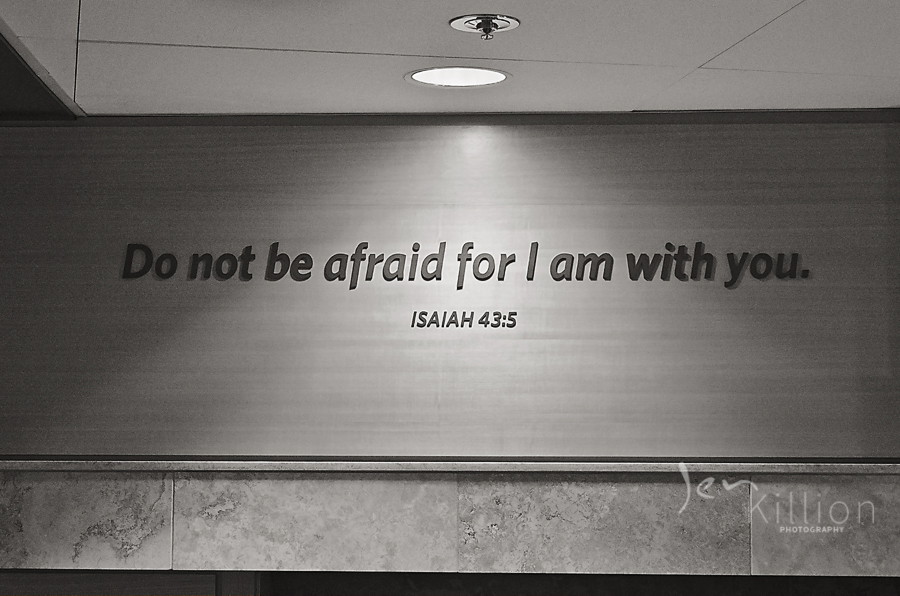
Many hospitals will not allow you to bring in blankets or props for these sessions and that’s ok, you don’t need them anyway. Mom and dad most likely have something or the hospital will provide something special for baby to wear or be photographed with. Keep in mind that posing most of these babies will be difficult depending on how long it has been between the baby’s death and your arrival to photograph. I make sure to get images of baby alone, usually on a blanket the parents have brought or just a white hospital blanket. I make sure to speak to the hospital social worker RN who is working with the parents and have her bring any keepsakes the hospital is providing like a small teddy, bracelet, necklace or clothing to the room. Sometimes I take the baby to a private room for these baby only shots, that depends on what the hospital has available and what the parents want. But it often gives the parents a few minutes to compose themselves, put makeup on for mom, etc. Once I have images of baby alone, I move on to family shots, then individual parent shots. Don’t forget the details! Toes and fingers images are often the ones parents will display in their homes.
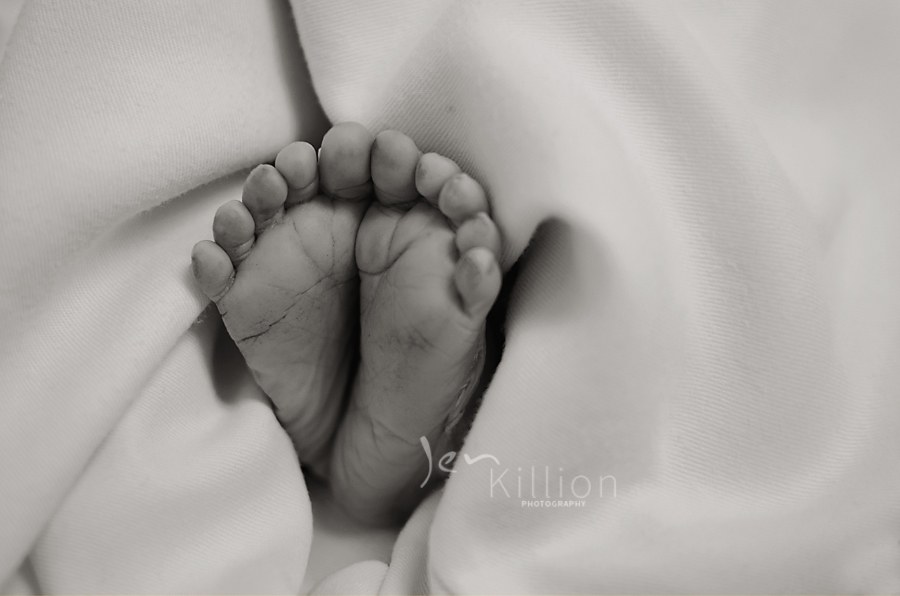
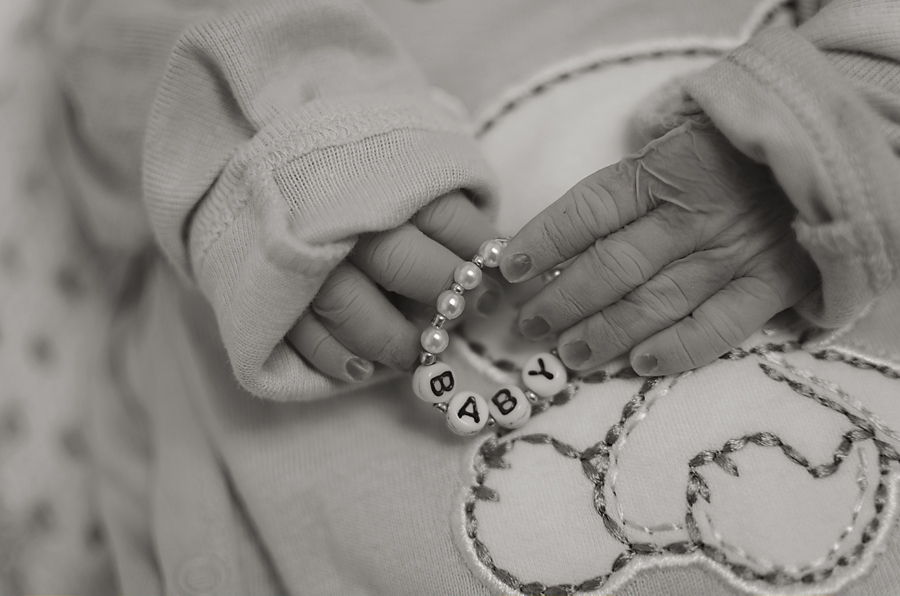
It is important to keep in mind that many, in fact probably most (I know for myself this is true) of the babies will have some disfigurement based off of what medical condition they have been born with. I never try to change those disfigurements. Parents want to remember their babies as they were, because they may not look perfect to anyone else, but to the parents, they are perfect. Some babies will have very dark skin if born before a certain gestation and this is completely normal. Be prepared mentally for what you might see and be sure you can handle it. What we see during bereavement sessions cannot be unseen and it can be daunting and overwhelming. You may need a good cry or call to your therapist after. I always have a good, long, ugly cry.
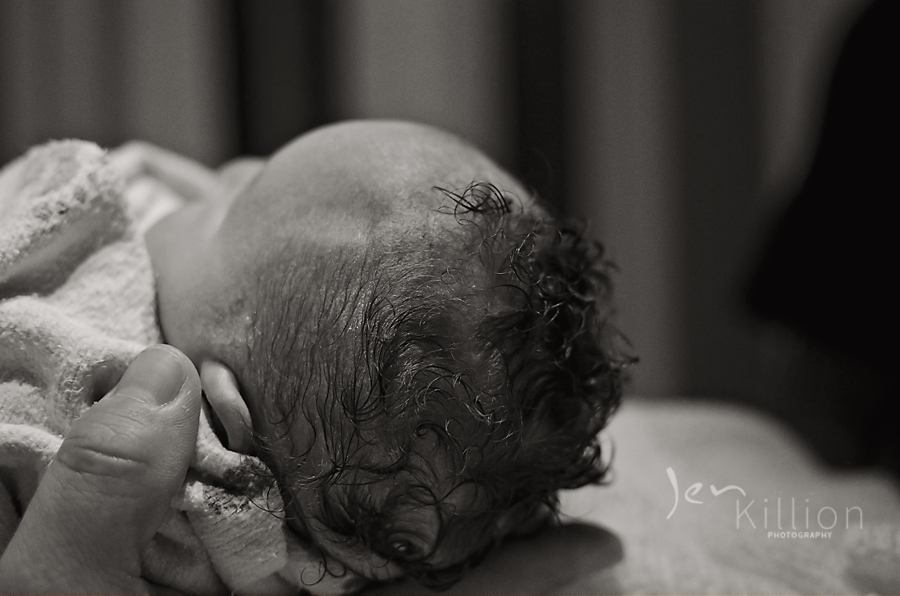
You will want to be sure to have a camera that can handle higher ISO’s. There is no guarantee of natural light since you might very well be doing a session late at night. I use the lights that are available in the hospital room if I need to add some light. They are usually sufficient. I also suggest spot metering your subject to get the best exposure. A wide angle lens like a 35mm or a short zoom like a 24-70 is a must for the tight space in the hospital room.
You can volunteer for bereavement photography in a variety of ways. There are many organizations out there like Now I Lay Me Down to Sleep or On Angel’s Wings and many more around the country. You can work directly with hospitals in your area (this is what I do) by reaching out to the hospital social worker RN, or you may have a friend or family member have a loss and ask you to photograph their baby. Whatever way you get involved in bereavement photography you will be giving a gift to a family that they will treasure for the rest of their lives. For me, capturing the grief these families are going through helps me feel like I am honoring my daughter with every session.
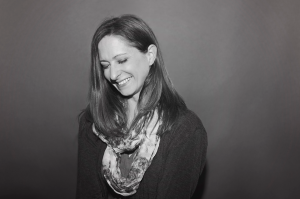 Jen Killion is an on-location photographer based out of St. Louis, Mo. and specializes in newborn, children and family portraiture. Jen started in film photography when she was just 12, learning from her father, also a photographer and finally moved into digital photography in 2011 and she hasn’t looked back since! (Although she still misses the smell of developer on her hands.)
Jen Killion is an on-location photographer based out of St. Louis, Mo. and specializes in newborn, children and family portraiture. Jen started in film photography when she was just 12, learning from her father, also a photographer and finally moved into digital photography in 2011 and she hasn’t looked back since! (Although she still misses the smell of developer on her hands.)
Find Jen on the Web: Website / Facebook / Instagram / Twitter

